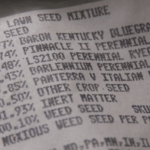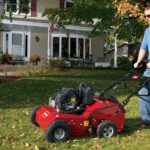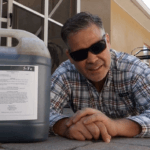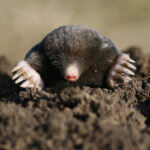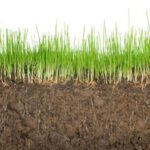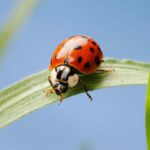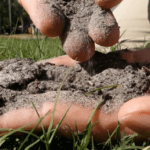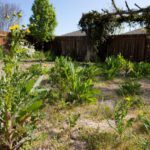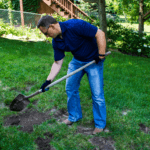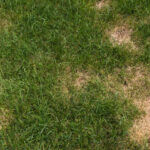How to Choose Grass Seed with the Lawn Care Nut
Grass seed labels are packed with information, but what does any of it mean to your yard? Get some label decoding tips from Allyn Hane, The Lawn Care Nut, to help you make an educated decision when it’s time to buy. “Growing grass from seed, I know it seems like magic. But how do you Read more…

